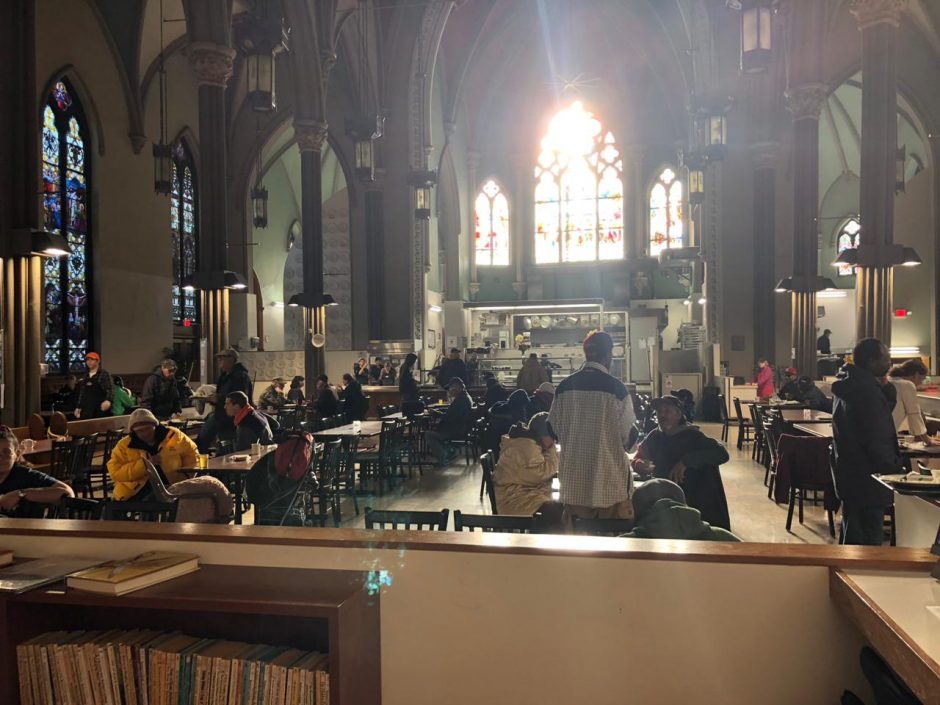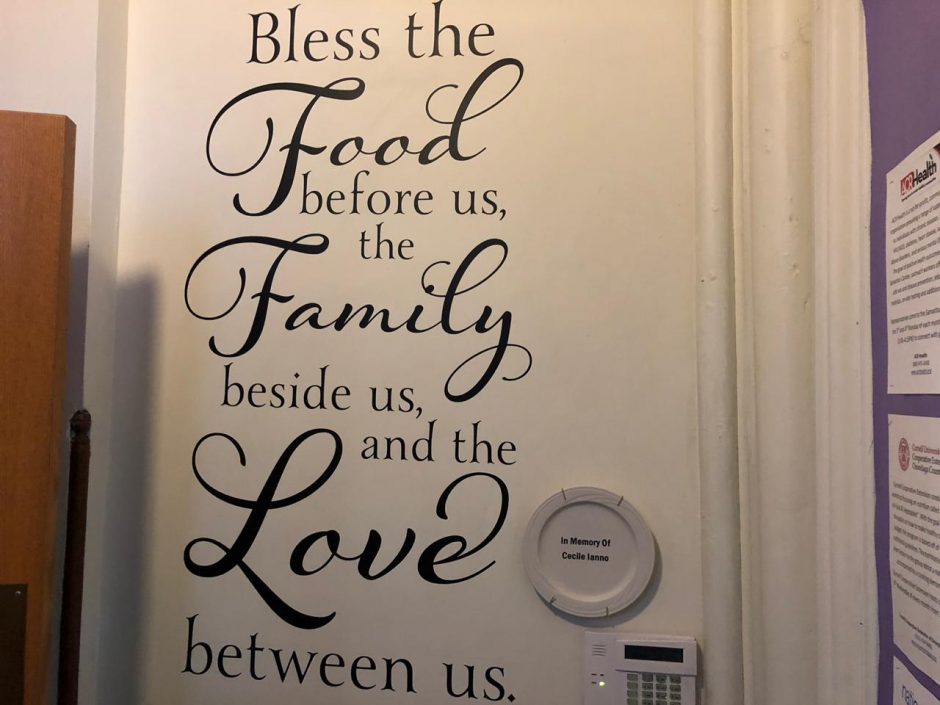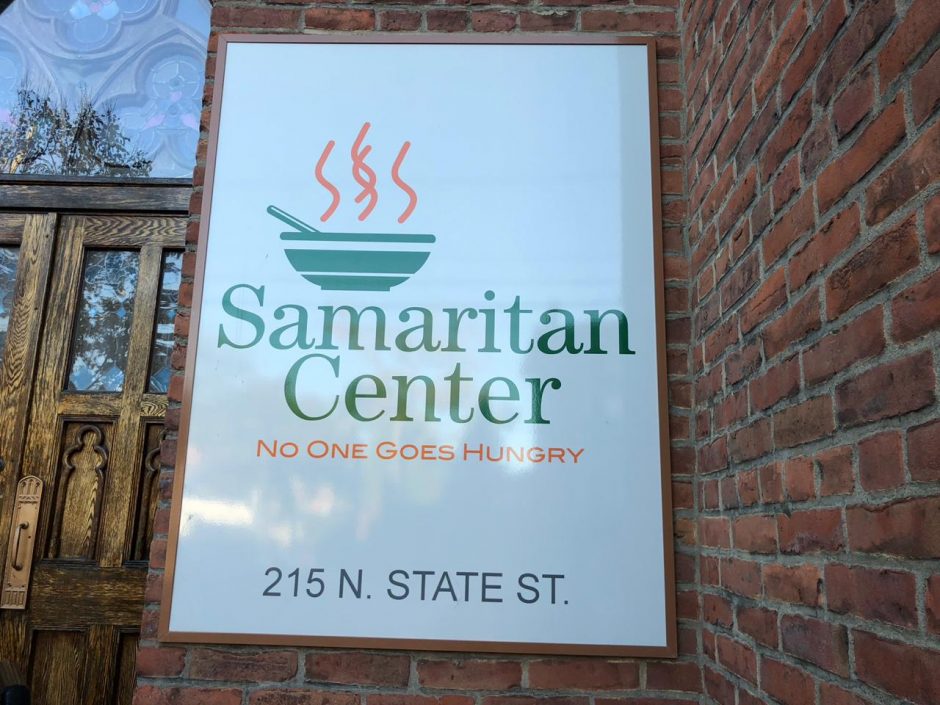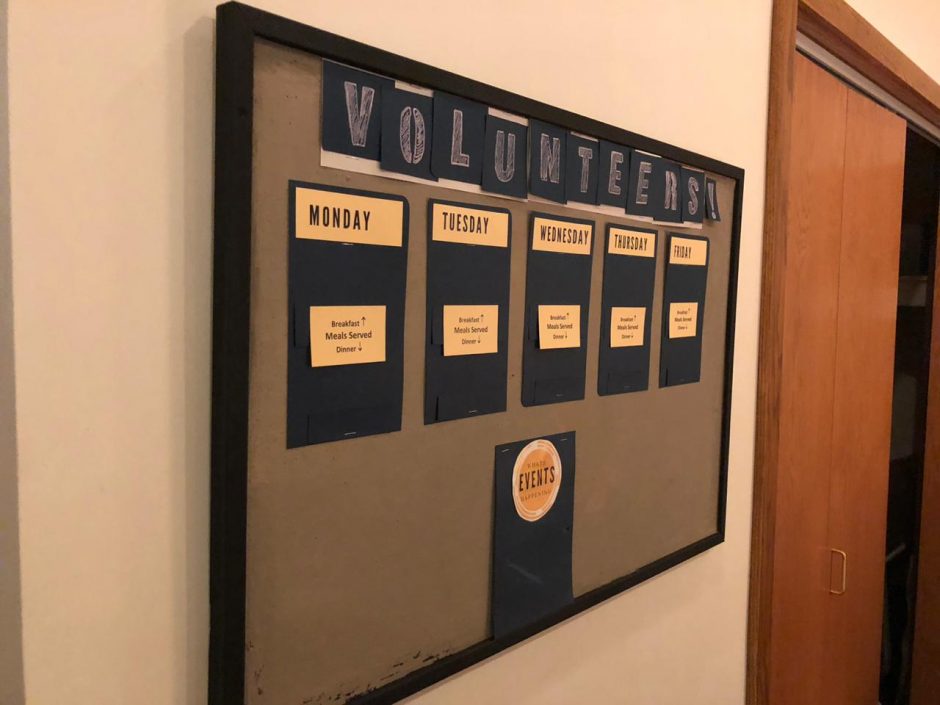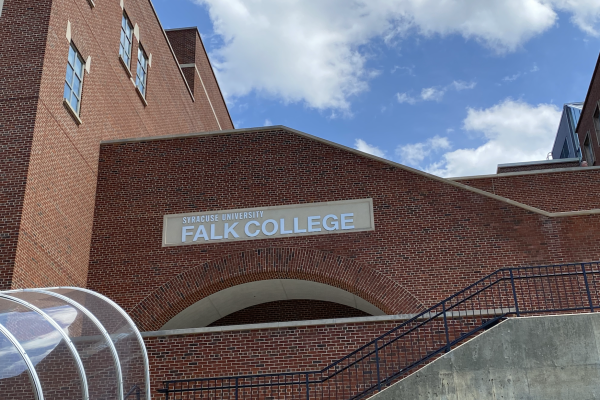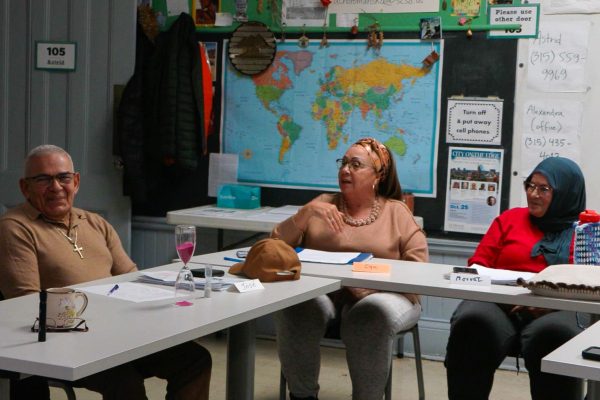The Samaritan Center is a nonprofit organization in Syracuse. They have been helping citizens since 1981, serving food for the hungry. They are open 365 days a year helping the city of Syracuse feeding them hot meals without asking questions or preconditions. Development Director Karen Belgrader says this need is essential specially since lately they’ve been declared one of the poorest cities in the country.
“People can rely on the Center, especially if they are going through a tough time,” Belgrader said. “But we can attend anyone that comes and just wants a free meal.”
The Center helps around 124,000 people every year. With 1,500 volunteers that help keep the center going. Andy Alice has just started volunteering at the Center and she believes she can make the city better.
“Knowing that I can help with the food, to scope the food out of everyone’s plate, just makes me feel that I can make a difference,” Alice said. “I still don’t know their names but seeing them happy makes my day.”
The Samaritan Center has a huge amount of people in the last two weeks of the month, the difference between those weeks and the first two weeks it’s noticeable.
“Usually in the first two weeks we have around 100 to 150 people that come to the Center,” worker Mark Bianchi said. “But usually in the third week we attend around 250, and in the last week we get to 400 people.”
Belgrader says this is because the assistance that they get for the earlier part of the month, as the food stamps, are not enough to maintain sometimes one person, and definitely not enough to maintain a family.
“I think some people spend around 20% of their income just in diapers, how could a single mother be able to maintain and feed herself and the baby if she spends all of that amount in diapers,” Belgrader said.
According to Feeding America one in every six children in the State of New York struggles with hunger and people facing hunger in the State require an estimated $1.2 billion more per year to meet their food needs

